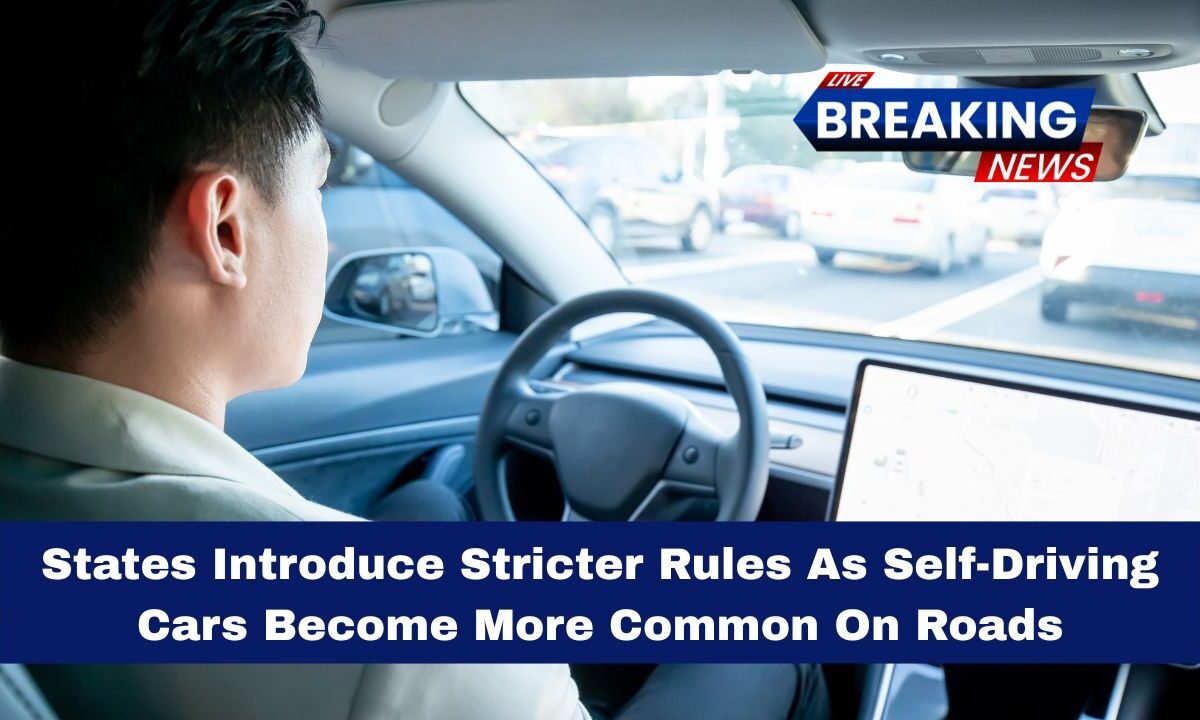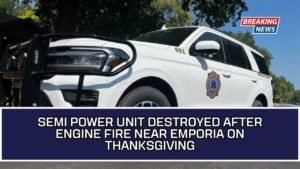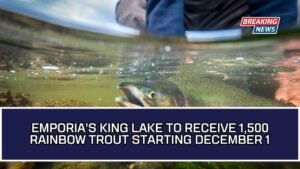In 2025, as autonomous vehicles (AVs) shift from concept to reality, states are responding by launching a wave of stricter rules—targeting permitting, safety protocols, liability, and data reporting.
A total of 67 AV-related bills in 25 states were introduced this year, reflecting the urgency to regulate a rapidly evolving technology landscape.
Arizona, Louisiana, Montana, Nevada, and D.C. have already enacted new laws governing definitions, licensing, insurance, testing, and road operations.
Key State Moves- Breaking Down the Patchwork
- Arizona, Louisiana, Montana, Nevada, District of Columbia
These jurisdictions passed legislation in 2025 to modernize laws, offering updated AV definitions, licensing, insurance requirements, and testing protocols—laying the groundwork for broader AV operations. - Texas
Adopted a sweeping law (effective September 1, 2025) requiring permits from the state DMV for fully autonomous vehicles, along with emergency response plans, recording devices, insurance, and a plan for first–responder coordination. Noncompliance may lead to permit revocation. - California
Regulators intensified scrutiny—Tesla, for instance, lacks permits to launch its robotaxi service in the Bay Area. The DMV and Public Utilities Commission emphasize that no commercial autonomous operations may begin without appropriate approvals.
Federal Wave and Incident Reporting Enhancements
- NHTSA Framework Update
In April 2025, the National Highway Traffic Safety Administration unveiled a refreshed automated vehicle framework, aiming to streamline regulations and reduce the patchwork across state lines while emphasizing innovation and safety. - AV Safety Data Act (H.R. 4376)
Introduced in July 2025, this federal bill proposes robust incident reporting requirements, mandating that AV companies disclose crash data, weather conditions, and passenger injuries to the government and the public—boosting transparency and oversight.
Robotaxi Rollouts Trigger Local Headaches and Lawmaking
- Austin, Texas
Tesla began deploying robotaxis in June 2025. However, seven lawmakers urged a delay until the September 1 permit law takes effect, citing public safety and trust concerns. The law now requires operators to secure state authorization, prove minimal risk, and submit first-responder plans. - California
Tesla’s ambitions in the Bay Area hit a snag—without proper permits from DMV and CPUC, the company cannot launch commercially viable robotaxi services, even with safety drivers onboard. - Washington DC / National Cities
Political resistance continues. In Boston, lawmakers resisted Waymo expansions despite its strong safety track record, where AVs logged over 71 million miles with fewer severe crashes than human-driven cars.
AV Regulations Across States
| State / Level | New Rules / Actions (2025) | Implications |
|---|---|---|
| Arizona, Louisiana, Montana, Nevada, D.C. | Enacted new AV definitions, permits, licensing, insurance, testing frameworks. | Establishes foundational structure for AV operations. |
| Texas | All-autonomous AVs require state permits, safety protocols, recording, insurance. | Heightened oversight of robotaxis; potential delays in deployment. |
| California | Requires strict permits for AVs; Tesla currently lacks approval. | No commercial AV operations without full regulatory clearance. |
| Federal (NHTSA Framework) | Updated automated vehicle framework to improve uniformity and safety. | Moves toward federal harmonization across states. |
| Federal (AV Safety Data Act) | Bill mandates public crash & incident reporting for AVs. | Increased transparency and accountability. |
| Austin, Texas | Lawmakers demanding Tesla delay robotaxi launch until compliance with new AV laws. | Local action influencing corporate AV timelines. |
| Boston | Political pushback against Waymo despite strong safety performance. | Innovation faces regulatory backlash despite proven safety gains. |
What’s Driving These Regulatory Efforts?
- Public Safety Imperative
As AV deployments grow, regulators want assurance of clear liability, data traceability, and incident accountability. - Insurance and Liability Clarity
Determining who’s responsible in collisions—whether manufacturers, operators, or software providers—has become a central concern. - Balancing Testing vs Commercialization
States like California prioritize rigorous testing frameworks, while regions like Texas balance faster deployment with newly added safety oversight. - Uniformity Desires
The renewed NHTSA framework tackles fragmentation, while federal legislation like the AV Safety Data Act pushes toward national cooperation. - Public Trust and Political Pressure
Incidents, city council concerns, and local pushback—such as in Boston and Austin—heighten the urgency for regulation.
As self-driving cars edge closer to mainstream use, regulators at both state and federal levels are racing to catch up.
The flurry of 67 introduced bills across 25 states in 2025 signals an urgent push to shape consistent policy—addressing permits, safety, liability, and data transparency.
Meanwhile, robotaxi trials like those in Austin and California become focal points for regulatory caution and public scrutiny.
With federal efforts like the NHTSA framework and AV Safety Data Act aligning, the goal is clear: create a future where autonomous mobility advances without compromising public safety.



